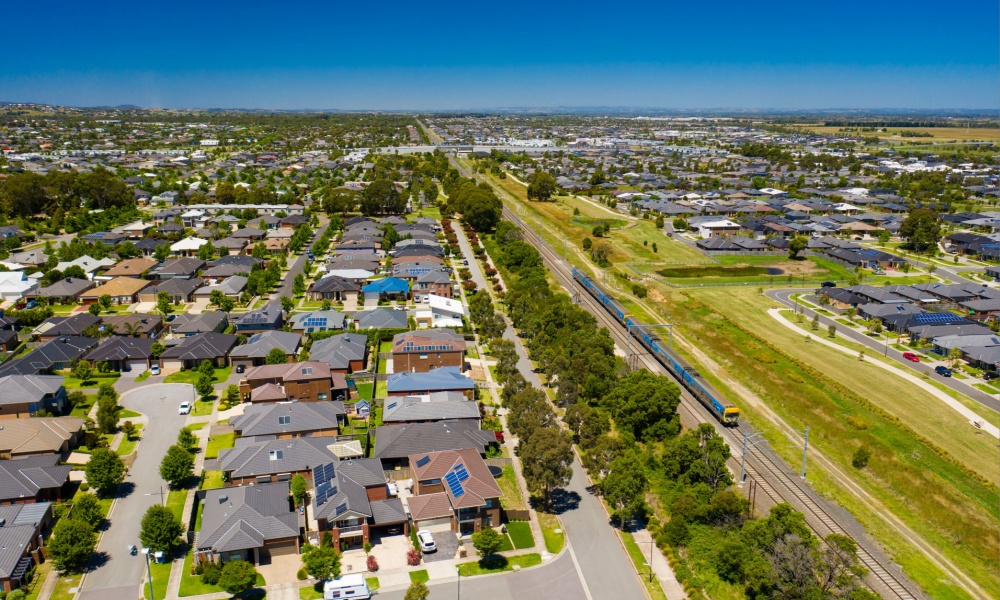On 15 August 2024, Howard Waldron, Co-founder and Director of Lotsearch, Gabrielle Guthrie, Principal of Guthrie Legal, and Helene Hogan, Product Manager at InfoTrack led an insightful webinar on “Contamination risk management in property matters”. The session delved into the complexities and challenges of navigating contamination risks in property transactions, offering practical guidance for legal and industry professionals.
In Australia, contamination is governed by a complex web of legislation rather than a single,consolidated law. New South Wales and Western Australia have specific legislation addressing contamination, while other states incorporate contamination provisions within broader environmental laws. This lack of a unified approach often leads to confusion in the wider community, underscoring the need for thorough environmental due diligence. Legal professionals play a critical role in navigating these complexities to protect clients during property transactions.





